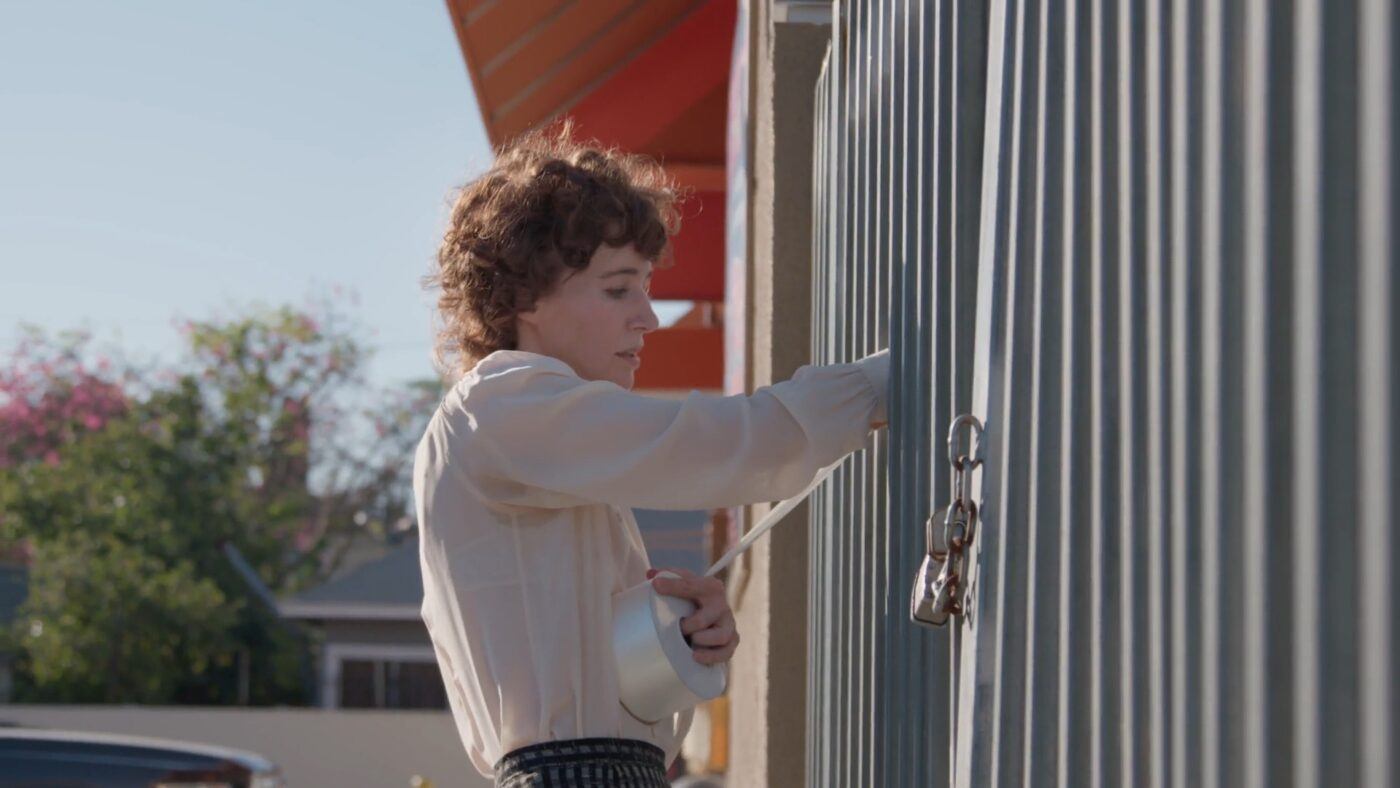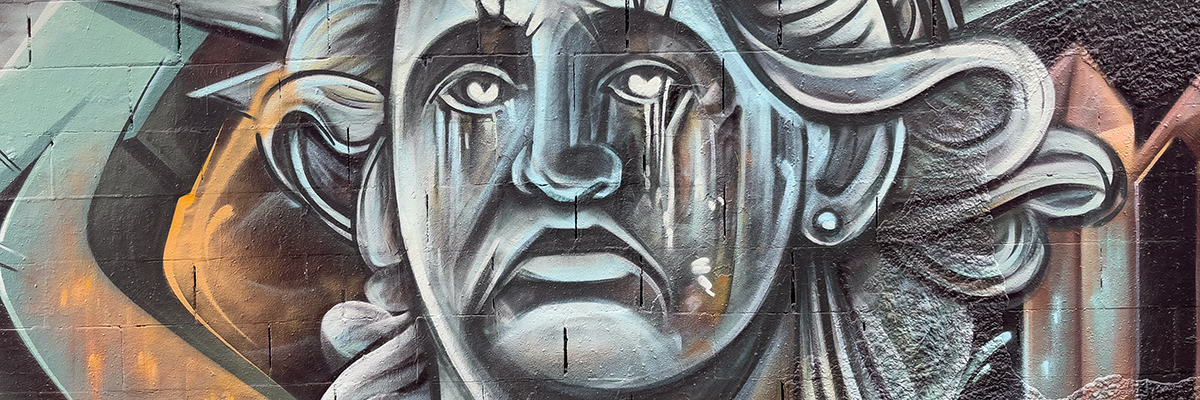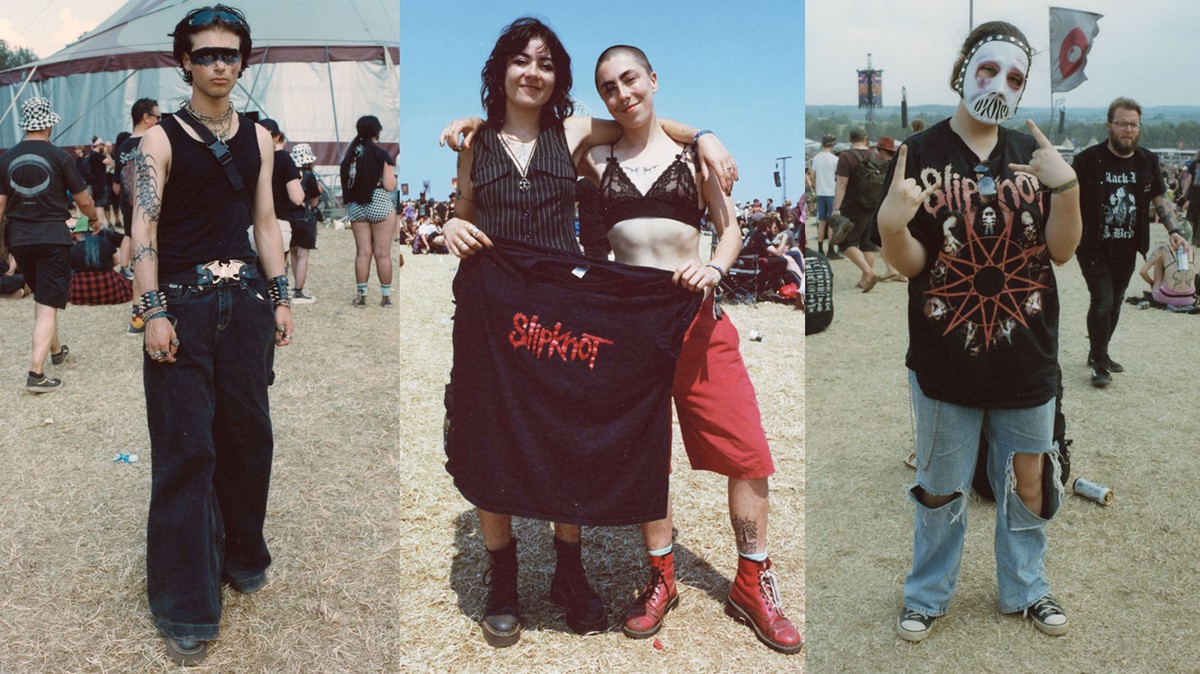Paint, Unpaint
2014 - Film & Video (Film & Video)
1:34 minutes
Kota Ezawa
Paint and Unpaint is an animation by Kota Ezawa based on a scene from a popular 1951 film by Hans Namuth featuring Jackson Pollock. At first glance, due to the oversimplified silhouettes Ezawa employs, the connection between his animation and Namuth’s film may not be obvious. However, when seen side by side, Ezawa’s piece is a faithful reproduction of the scene—up until a point in which his sequence begins playing in reverse, effectively unpainting every brushstroke. The scene in Namuth’s film is remembered by many for its experimental nature: with the camera pointed towards the sky, Pollock paints onto a sheet of glass as Namuth films the process from the opposite side. Through this unique viewpoint, what results is a filmic device that effectively conveyed Pollock’s process of “action painting” to wide audiences. As Ezawa gives this iconic scene a new life as a digital animation, he adds an additional layer of separation from the original source of focus, which is Pollock’s paint. Ezawa’s choice to reference Namuth relates to his ongoing investigation of the symbolic power of images in the mainstream. Allegedly, Namuth was more interested in the image of Pollock than his actual work, and as the author of several photographs and the 1951 film, his own role as image-maker was essential in conveying Pollock’s process to audiences and contributing to his fame. As much as the original film is about Pollock, Ezawa’s retake is constructed around Namuth’s representation of the iconic artist, and the degree to which it was responsible for constructing his identity in our social imaginary.
Kota Ezawa borrows images from the news, art history, and pop culture and turns them into cartoon-like stories. He produces flat and two-dimensional imagery via his light-boxes, works on paper, and animations. These works are often inspired by important moments in history, such as the assassinations of John F. Kennedy and Abraham Lincoln, the O.J. Simpson trial, and media coverage of former National Football League (NFL) player Colin Kaepernick kneeling during the national anthem as a symbol of protest. Ezawa’s animations, which he describes as “moving paintings,” make use of a labor-intensive technique that requires the artist to recreate each frame with close attention, producing hundreds of illustrations via digital drawing and animation software. He is best known for a signature style that embraces vibrant colors and simple forms, stripping detail from images to leave only essential attributes and environments. This reductive technique does not diminish the power of the image, as it turns to the familiar historical or cultural context to fill any gaps left by the artist’s erasures. However, the gesture also invites viewers to think about how these erasures might destabilize the reliability of public memories, highlighting the faulty process of collective remembering and what it tends to overlook.
Colors:
Related works sharing similar palette

© » ART21
Press Release: Art21 to Release Season Finale of “Art in the Twenty-First Century” | Art21 Our Series Art in the Twenty-First Century Extended Play New York Close Up Artist to Artist William Kentridge: Anything Is Possible Specials Art21.live An always-on video channel featuring programming hand selected by Art21 Playlists Curated by Art21 staff, with guest contributions from artists, educators, and more Art21 Library Explore over 700 videos from Art21's television and digital series Latest Video 9:47 Add to watchlist "Now and Forever" Kerry James Marshall Extended Play December 6, 2023 Search Searching Art21… Welcome to your watchlist Look for the plus icon next to videos throughout the site to add them here...

© » KADIST
Frida Orupabo
2018The archival images used by Frida Orupabo in her collages trace stereotyped representations of race, gender, sexuality and violence...

© » ARTEFUSE
Interview with Megan Nugroho and Samuel Alexander Forest - ArteFuse Where do we look for the antidote to the inevitable challenges and disenchantment of living in global metropolises? At Tutu Gallery, Land Language/Bahasa Bumi offers a place of refuge rooted in Javanese landscape and opens up a world in which nature’s intimate immediacy is materialized...

© » DIANE PERNET
Through the Lens of Realism: Juergen Teller’s Artistic Odyssey at the Grand Palais Éphémère “I need to live” till January 9th – A Shaded View on Fashion Dear Shaded Viewers, Juergen Teller, a celebrated name in the world of photography, has made a significant impact with his unfiltered celebrity portraits, edgy fashion shoots, and compelling campaigns for renowned designers...

© » KADIST
Martha Araújo
1982In Habito/Habitante , the suspended material renders the wall a prison and the participant a prisoner...

© » KADIST
Lu Pingyuan
2016Masterpiece in the Water by Lu Pingyuan tells the story of an impatient collector who is killed by an artist...

© » KADIST
Kitty Kraus
Composed of two rectilinear pieces of glass, this work is part of a series of sculptures started in 2006...

© » SLASH PARIS
Le Droit à l’oubli — Musée Transitoire #3 — Musée Transitoire — Exposition — Slash Paris Connexion Newsletter Twitter Facebook Le Droit à l’oubli — Musée Transitoire #3 — Musée Transitoire — Exposition — Slash Paris Français English Accueil Événements Artistes Lieux Magazine Vidéos Retour Précédent Suivant Le Droit à l’oubli — Musée Transitoire #3 Exposition Techniques mixtes Jean-Charles de Quillacq, vue de l’exposition Le Droit à l’oubli, Musée Transitoire #3 © Musée Transitoire Le Droit à l’oubli Musée Transitoire #3 Encore environ 2 mois : 26 janvier → 30 mars 2024 Date de clôture provisoire Artistes : Bas Jan Ader, Mégane Brauer, Sarah Bucher, A...

© » ART & OBJECT
The Site Where Alexander the Great was Crowned King Reopens and More News | Art & Object Skip to main content Subscribe to our free e-letter! Webform Your Email Address Role Art Collector/Enthusiast Artist Art World Professional Academic Country USA Afghanistan Albania Algeria American Samoa Andorra Angola Anguilla Antarctica Antigua & Barbuda Argentina Armenia Aruba Ascension Island Australia Austria Azerbaijan Bahamas Bahrain Bangladesh Barbados Belarus Belgium Belize Benin Bermuda Bhutan Bolivia Bosnia & Herzegovina Botswana Bouvet Island Brazil British Indian Ocean Territory British Virgin Islands Brunei Bulgaria Burkina Faso Burundi Cambodia Cameroon Canada Canary Islands Cape Verde Caribbean Netherlands Cayman Islands Central African Republic Ceuta & Melilla Chad Chile China Christmas Island Clipperton Island Cocos (Keeling) Islands Colombia Comoros Congo - Brazzaville Congo - Kinshasa Cook Islands Costa Rica Croatia Cuba Curaçao Cyprus Czechia Côte d’Ivoire Denmark Diego Garcia Djibouti Dominica Dominican Republic Ecuador Egypt El Salvador Equatorial Guinea Eritrea Estonia Eswatini Ethiopia Falkland Islands Faroe Islands Fiji Finland France French Guiana French Polynesia French Southern Territories Gabon Gambia Georgia Germany Ghana Gibraltar Greece Greenland Grenada Guadeloupe Guam Guatemala Guernsey Guinea Guinea-Bissau Guyana Haiti Heard & McDonald Islands Honduras Hong Kong SAR China Hungary Iceland India Indonesia Iran Iraq Ireland Isle of Man Israel Italy Jamaica Japan Jersey Jordan Kazakhstan Kenya Kiribati Kosovo Kuwait Kyrgyzstan Laos Latvia Lebanon Lesotho Liberia Libya Liechtenstein Lithuania Luxembourg Macao SAR China Madagascar Malawi Malaysia Maldives Mali Malta Marshall Islands Martinique Mauritania Mauritius Mayotte Mexico Micronesia Moldova Monaco Mongolia Montenegro Montserrat Morocco Mozambique Myanmar (Burma) Namibia Nauru Nepal Netherlands Netherlands Antilles New Caledonia New Zealand Nicaragua Niger Nigeria Niue Norfolk Island Northern Mariana Islands North Korea North Macedonia Norway Oman Outlying Oceania Pakistan Palau Palestinian Territories Panama Papua New Guinea Paraguay Peru Philippines Pitcairn Islands Poland Portugal Puerto Rico Qatar Romania Russia Rwanda Réunion Samoa San Marino Saudi Arabia Senegal Serbia Seychelles Sierra Leone Singapore Sint Maarten Slovakia Slovenia Solomon Islands Somalia South Africa South Georgia & South Sandwich Islands South Korea South Sudan Spain Sri Lanka St...

© » KADIST
Arin Rungjang
2017246247596248914102516… And then there were none narrates a semi fictional account centered around the ambiguous history of the Democracy Monument in Bangkok, and on the aftermath of the 1973 demonstration of 400,000 people who marched against the military junta from Thammasat University to the monument...










